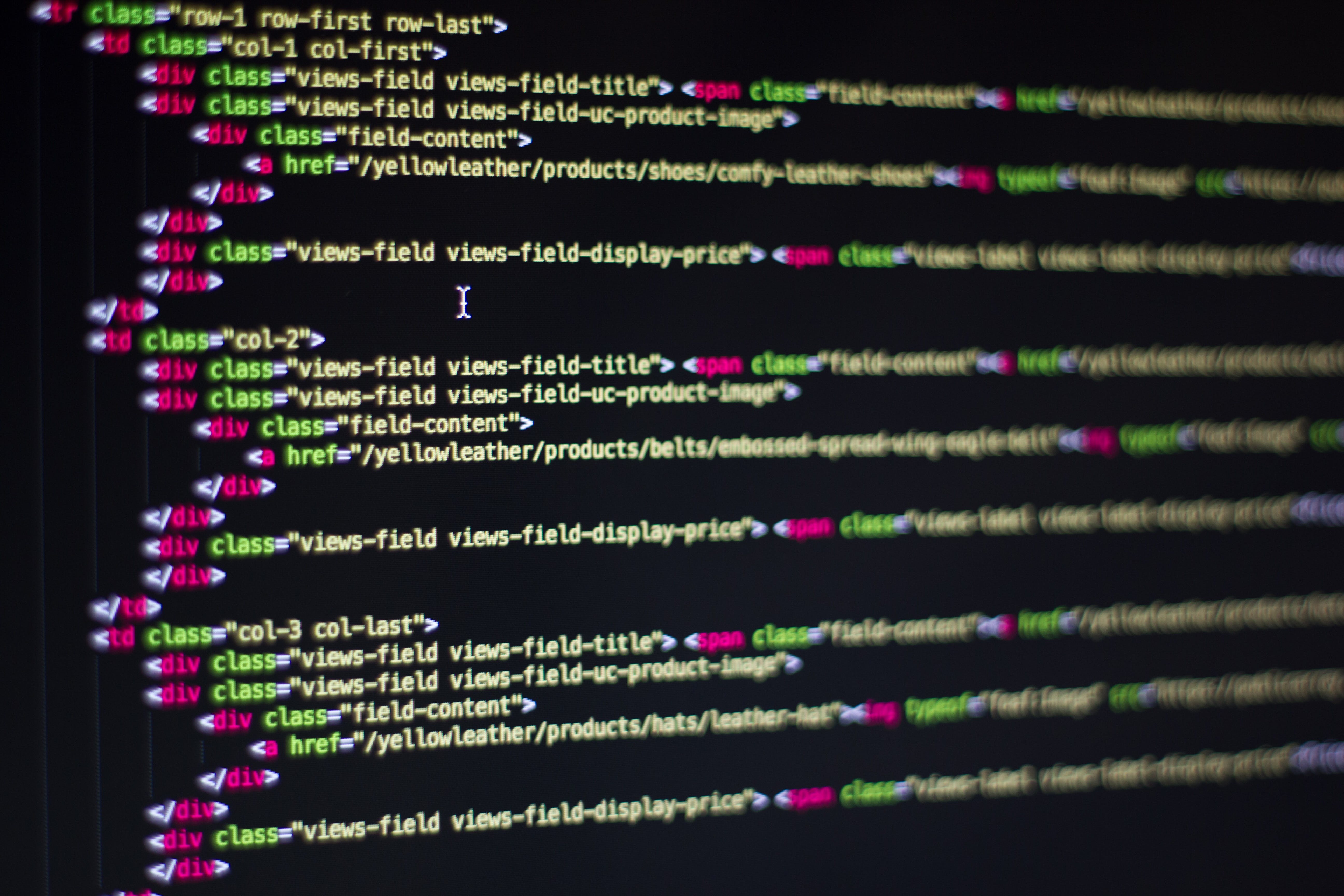At the heart of the Internet of Things (IoT) revolution are the innovative professionals known as IoT developers. These tech-savvy individuals are responsible for designing and developing the applications that enable smart devices to communicate and operate efficiently. The role of an IoT developer is complex and multifaceted, requiring a blend of skills in software development, systems engineering, and sometimes hardware design.
What does an IoT developer do? They craft the algorithms and write the code that allows devices to collect, send, and receive data. This could be anything from a wearable fitness tracker to a smart thermostat or an industrial sensor. Developers work on the connectivity that lets these devices talk to each other and to user interfaces, such as mobile apps or web dashboards.
IoT developers also focus on ensuring the security and privacy of the data being exchanged. With the increase in IoT devices, there is a corresponding rise in security threats. Developers integrate robust security measures to safeguard against potential breaches. Moreover, they are instrumental in analyzing the data gathered by IoT devices to optimize performance and create better user experiences.
For businesses looking to leverage IoT technology, having a knowledgeable and experienced developer is crucial. At Biz4Solutions, we provide top-tier IoT developers who are adept at transforming your business with innovative IoT solutions. Connect with us to bring your smart device concepts to life and stay ahead in the digital era.
Core Responsibilities of IoT Developers

The core responsibilities of an IoT developer often span several key areas, each demanding a unique set of skills and expertise. These technologists need to have a solid understanding of both hardware and software as they work to create seamless interactions between physical devices and the digital world. One of the primary tasks is developing IoT applications that are reliable, scalable, and optimized for performance. They write code that enables devices to not only collect data but also to act upon it in real-time.
Another significant area of responsibility is the integration of sensors and devices with IoT platforms. Developers must ensure that different components communicate effectively, which often involves working with a variety of protocols and communication standards such as MQTT, CoAP, and HTTP. Network security is also a paramount concern, as IoT devices can be vulnerable to cyber-attacks. IoT developers must implement robust security frameworks to protect sensitive data and maintain user privacy.
Furthermore, IoT developers are involved in data analytics, where they use the data collected by devices to gain insights, identify trends, and make data-driven decisions. This role often requires proficiency with big data technologies and machine learning algorithms. Lastly, developers must constantly update their knowledge and skills to stay abreast of emerging technologies and industry best practices, ensuring that the IoT solutions they develop are future-proof and able to leverage new opportunities as they arise.
Skills and Tools Required for IoT Development

To excel in IoT development, professionals must possess a diverse set of skills and be proficient with a range of tools that enable them to build and maintain complex systems. Programming skills are the cornerstone of an IoT developer’s expertise, with languages such as Python, Java, C++, and JavaScript being particularly relevant. Knowledge of hardware design and understanding of electrical circuits are also essential, as IoT involves a blend of software and physical devices.
IoT developers often utilize specialized tools for device management and data analytics. These tools may include IoT platforms like AWS IoT, Microsoft Azure IoT Suite, or Google Cloud IoT which provide a framework for device connectivity, data collection, and analysis. Familiarity with databases, both SQL and NoSQL, is crucial for handling the data generated by IoT devices.
Moreover, experience with networking protocols and standards is vital for ensuring devices can communicate effectively. Tools for version control, such as Git, are also important for managing code changes and collaborating with other developers. Soft skills such as problem-solving, critical thinking, and teamwork are equally important, as IoT development often involves working in interdisciplinary teams to create cohesive systems that meet user needs and business goals.
Navigating the IoT Development Lifecycle

The IoT development lifecycle is a structured process that guides developers from conception to deployment of IoT solutions. It begins with the ideation phase, where developers and stakeholders identify a problem and conceptualize a smart device or system to address it. This is followed by a feasibility study to assess the practicality of the proposed solution.
Once the concept is deemed feasible, the design phase involves creating detailed blueprints of the product’s hardware and software components. Developers must consider factors such as device size, power consumption, and connectivity options. The development phase is where the actual coding and construction of the IoT device takes place. This step requires a meticulous approach to ensure that both the software and hardware components work seamlessly together.
After development, extensive testing is conducted to guarantee that the device functions as intended in various environments and use cases. This includes both alpha and beta testing, with the latter involving real-world users. The deployment phase sees the IoT solution being launched into the market or implemented within an organization. Post-deployment, continuous maintenance is critical to address any issues, update firmware and software, and enhance functionality based on user feedback.
Throughout this lifecycle, developers must navigate challenges such as ensuring data security, achieving interoperability among devices, and managing the vast amounts of data generated by IoT systems. By understanding and efficiently managing each stage of the IoT development lifecycle, developers can create robust, effective, and scalable IoT solutions.
Challenges Faced by IoT Developers in the Field

IoT developers often grapple with a unique set of challenges as they build complex systems that integrate hardware, software, and network components. One of the most pressing issues is ensuring robust security measures. With the increasing number of cyber threats, securing IoT devices and the data they transmit is paramount. Developers must implement advanced encryption techniques and continuous security updates to safeguard against breaches.
Another significant hurdle is achieving interoperability between different IoT devices and platforms. As developers work with an array of protocols and standards, creating a seamless ecosystem where devices communicate effectively is a complex task. Ensuring that the IoT solutions are scalable is also a challenge, as the number of connected devices can grow exponentially, demanding systems that can adapt and expand without performance degradation.
Moreover, IoT developers face the difficulty of managing power consumption. IoT devices are often expected to operate for extended periods on limited power sources, requiring developers to optimize energy use without compromising functionality. Data management is another area that poses challenges, as IoT devices generate vast amounts of data that need to be collected, stored, and analyzed efficiently.
Lastly, developers must consider user experience (UX) in the design of IoT products. The success of an IoT solution largely depends on how easily users can interact with the device. Therefore, creating intuitive interfaces and ensuring device accessibility are critical components of the development process.
Addressing these challenges requires a combination of technical expertise, creativity, and foresight to deliver IoT solutions that are secure, interoperable, scalable, energy-efficient, and user-friendly.
Future Trends and Opportunities in IoT Development
As the Internet of Things (IoT) continues to evolve, significant trends and opportunities are emerging for developers in this field. Artificial Intelligence and Machine Learning are becoming increasingly intertwined with IoT, enabling smart devices to make autonomous decisions based on data analysis. This creates a need for IoT developers who are also skilled in AI/ML technologies.The rise of edge computing is another trend to watch. By processing data closer to the source, IoT applications can reduce latency and improve response times, which opens up new possibilities for real-time data analytics and decision-making.
Additionally, 5G technology is set to revolutionize IoT with its faster speeds and lower latency, providing the bandwidth necessary for more complex and reliable IoT systems. This will likely lead to an increase in the development of IoT applications that can leverage the full potential of 5G.
The integration of IoT with blockchain technology also presents opportunities for enhanced security and trust in IoT transactions and data exchanges. Furthermore, the growing emphasis on sustainability and smart cities is propelling the demand for IoT solutions that contribute to environmental conservation and improved urban living.
For those looking to capitalize on the future of IoT development, staying abreast of these trends is crucial. At Biz4Solutions, we are at the forefront of technological innovation, providing the expertise needed to navigate the dynamic landscape of IoT development. Partner with us to harness the full potential of IoT and drive your business towards a smarter, more connected future.
